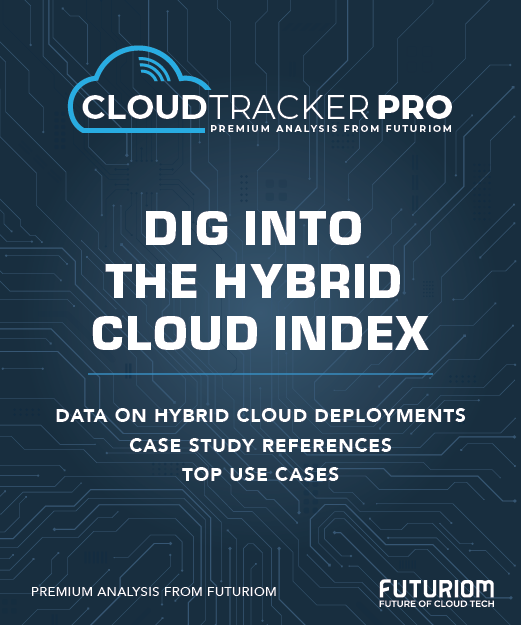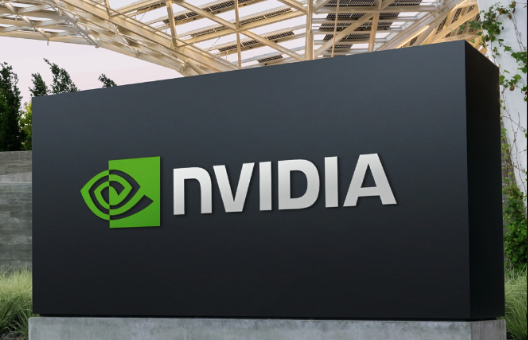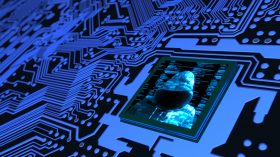Why Hyperscaler Capex Could Drop in 2026

AI adoption is still growing and there are early returns showing solid productivity gains across the industry. But will 2025 represent the peak in the AI capital spending (capex) boom? Our research shows the market should expect a capex pullback of 20%-30% in 2026, based on historical norms.
Hyperscalers have placed huge bets, boosting capex by as much as 50% for AI datacenter infrastructure this year. But there are signs that next year could be different. It seems rational to expect that after making these investments, hyperscalers could pull back toward historical norms of investment as the AI infrastructure is digested, according to the new research in our quarterly Cloud Tracker Pro update (subscription required).
In Futuriom’s latest Cloud Tracker Pro quarterly report, we analyze those historical numbers and compare them to Wall Street estimates of sales for 2025 and 2026. If hyperscalers revert to the historical averages of capex as a percentage of revenue, their capex could fall back as much as 27% in 2026. While it may not fall that far, the reasonable expectation is for some sort of pullback as a reversion to the mean. In 2025, capex as a percentage of revenue for the five major hyperscalers we track—Alibaba, Alphabet (Google), Amazon, Meta, and Microsoft—will cross 22% of revenue, while the historical average of the prior four years was 11%-16%.
CTP subscribers, click here to view the full report!
Is It the 'Year of Inference'?
AI progress is significant on the enterprise front as well and shows that investments could shift from training large language models to inference infrastructure, which is designed to serve up the results and services powered by LLMs.
This could the "year of inferencing," according to NVIDIA’s Senior Vice President Networking, Kevin Deierling. And indeed, 2025 has begun a large-scale migration toward adapting large or small language models to an enterprise's specific data for use in AI applications. While many projects remain in proof-of-concept stage, companies are investing significantly in inferencing and agentic AI, or the use of reasoning models to assist the development of AI applications.
Ethernet Networking Gains Ground
One aspect of the inferencing boom is the use of Ethernet for networking instead of NVIDIA’s proprietary InfiniBand—a direction promoted by NVIDIA itself.
“Most were quite surprised that we came into the Ethernet world, and the reason why we decided to do Ethernet is if we could help Ethernet become like InfiniBand, have the qualities of InfiniBand, then the network itself would be a lot easier for everybody to use and manage,” said NVIDIA CEO Jensen Huang during his keynote speech at the vendor’s GTC conference in March.
Indeed, making Ethernet suitable for AI infrastructure has been a goal not just for NVIDIA via its Spectrum-X platform but for all other switching vendors as well, all of which are working toward standardizing Ethernet performance advancements in the Ultra Ethernet Consortium.
Market leaders are also acting individually: In the first quarter, Cisco announced plans to combine its Silicon One ASICs with NVIDIA’s Spectrum-X and to eventually create new switches based on Spectrum-X. Arista Networks introduced load balancing for AI workloads, along with advanced observability that encompasses third-party networking equipment. Dubbed EOS Smart AI Suite Innovations, these new functions open the way to advanced Ethernet cluster management for AI networks.















